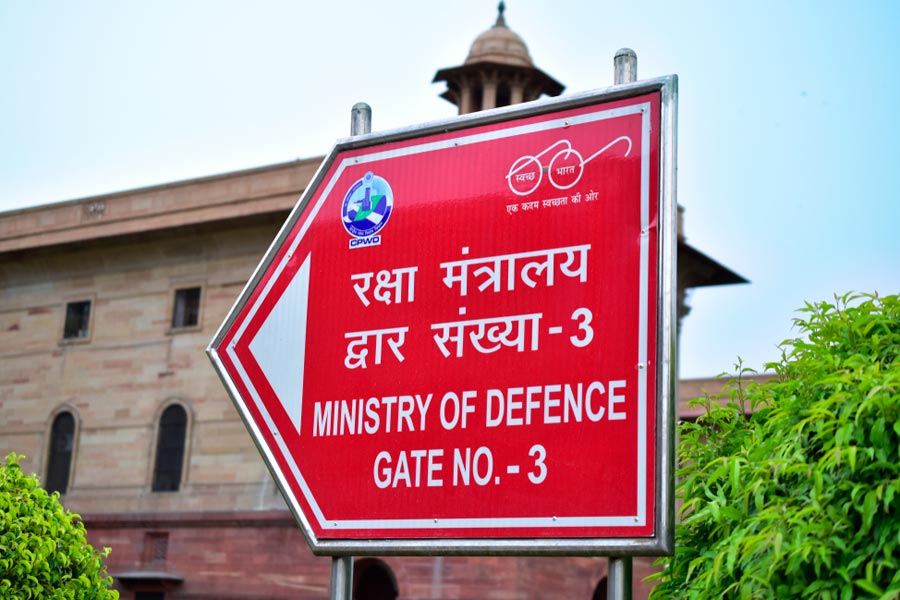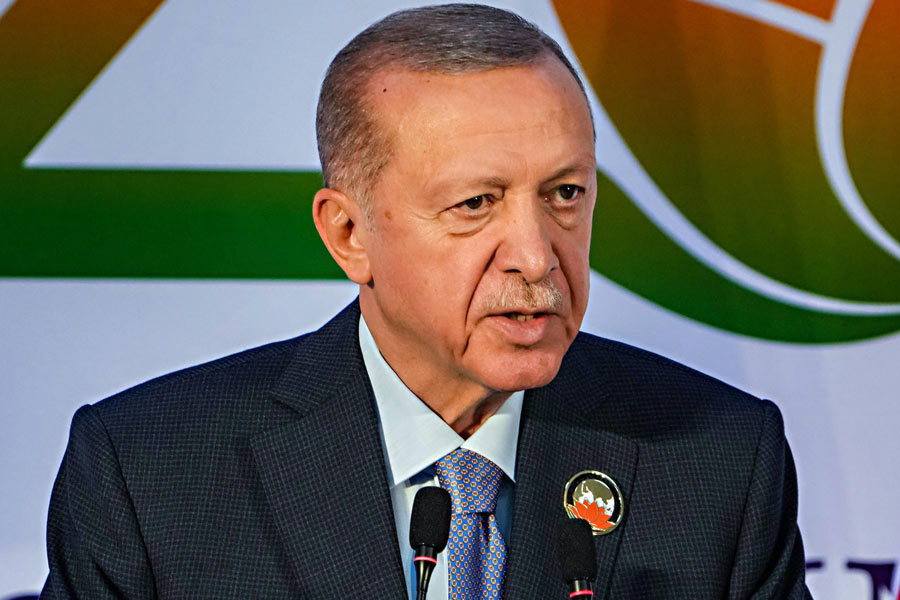 |
| On a good note |
Mumbai, Dec. 16: Standard & Poor’s (S&P) today revised the outlook on India’s long-term foreign currency rating to stable from negative, reflecting improved external finances. It, however, retained the negative outlook on the long-term local currency rating.
The agency also revised its outlook on foreign currency ratings of ICICI Bank, Industrial Development Bank of India and Bank of Baroda to stable from negative. The move comes at a time when the forex reserves are hovering just under the $100-billion mark; they were pegged at $97.5 billion on December 5.
“Rapidly increasing external liquidity, sustained by growing foreign exchange reserves (exceeding 700 per cent of short-term debt), and modest debt-service payments sparked the revision in foreign currency outlook,” S&P’s credit analyst and director in the Asia-Pacific Sovereign Ratings Group, Takahira Ogawa, said.
The “stable and good economic” prospects have also been cited as one of the factors supporting the sovereign rating. “An estimated 5-6 per cent growth rate in the medium term should help cushion the impact of high fiscal deficit and restrain the increase in the government’s heavy debt burden,” S&P added.
The negative outlook stays where it is, because of what S&P says is the government’s difficulty in addressing its fiscal problems and structural reforms. “Rising public debt and increasing fiscal inflexibility remain the most pressing issues for the government,” Ogawa said.
S&P pointed out that the consolidated direct debt of state and central governments is expected to be 84 per cent of GDP in 2003 — unusually high for this rating category. Moreover, this level is expected to rise steadily because of the high consolidated general government deficit (9 per cent) is one of the highest of all countries rated by the global agency.
The government needs to accelerate progress on structural reforms. “Resistance from vested interests has hindered efforts to reduce restrictions such as land ownership and labour markets. Continued over-protection to small-scale industries has lowered the country’s growth prospects to current levels,” it said.
While public sector reform is yet to take off, annual borrowings by states and the Centre, besides state-owned enterprises, almost equal the country’s financial savings. “The outlook on India’s local currency ratings could be revised to stable if the government manages to reverse its fiscal trajectory by reducing deficit and accelerating structural reforms. This would even improve prospects for foreign currency rating. If large deficits and debts continue to grow, if the government fails to stimulate economic growth through deeper structural reform, the local currency rating could become unsustainable,” Ogawa added. In such a case, even forex ratings would be affected.











